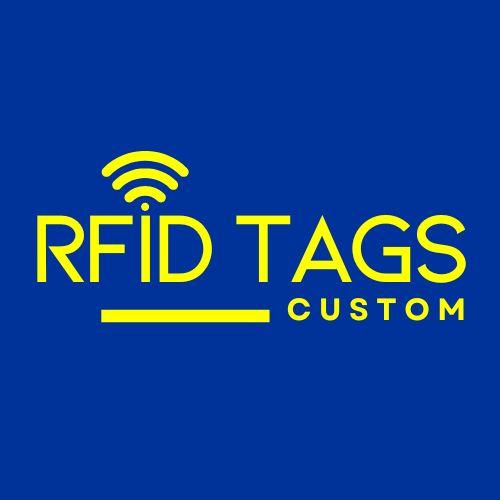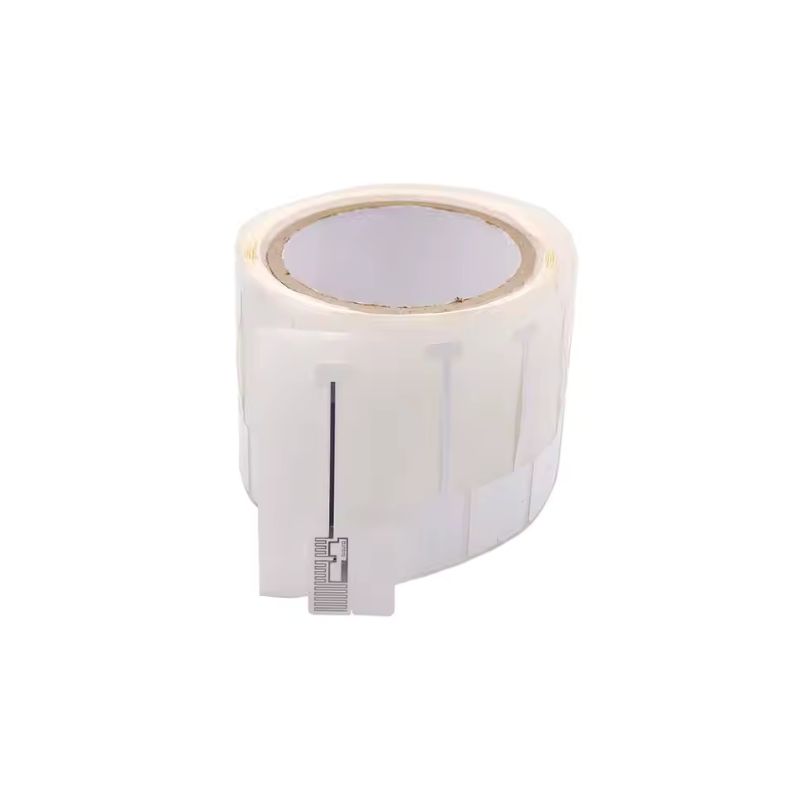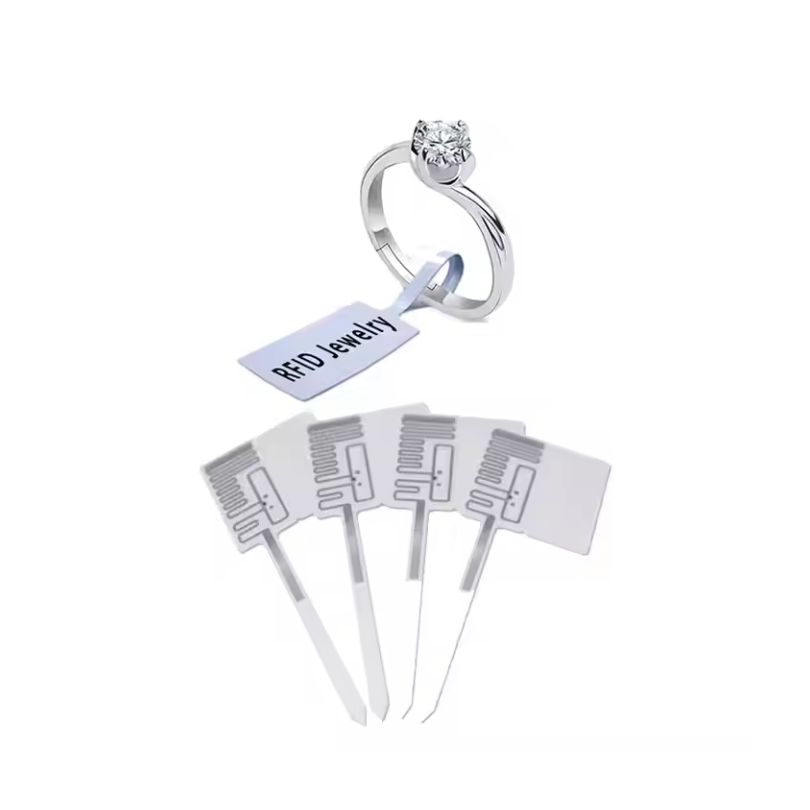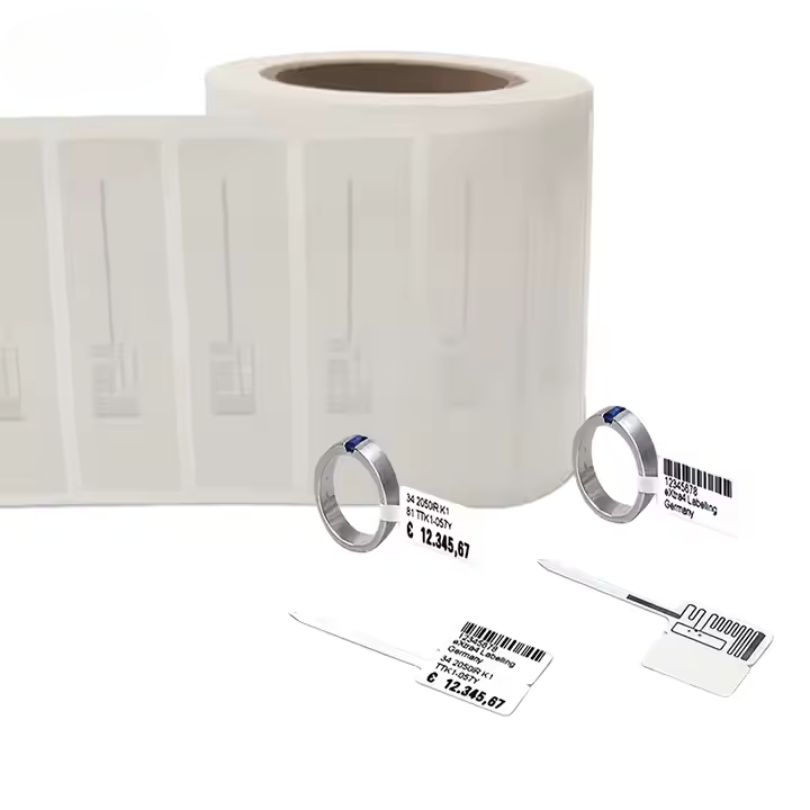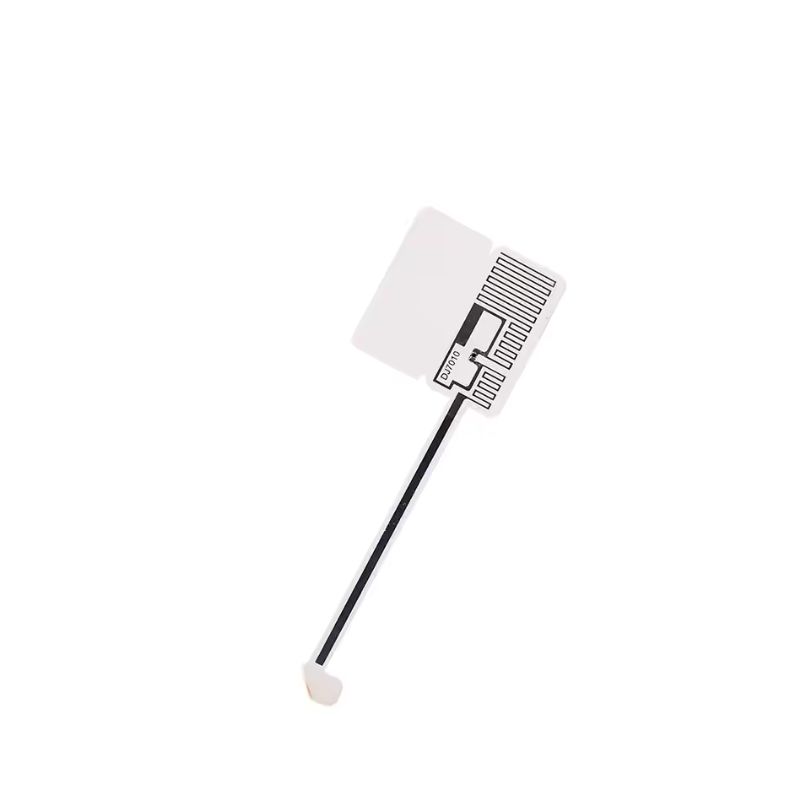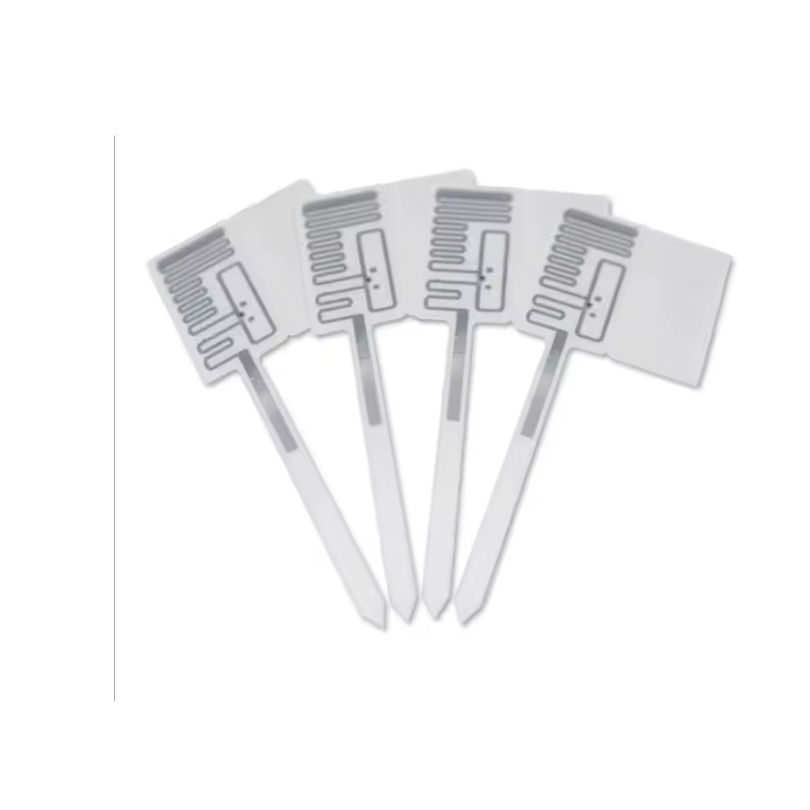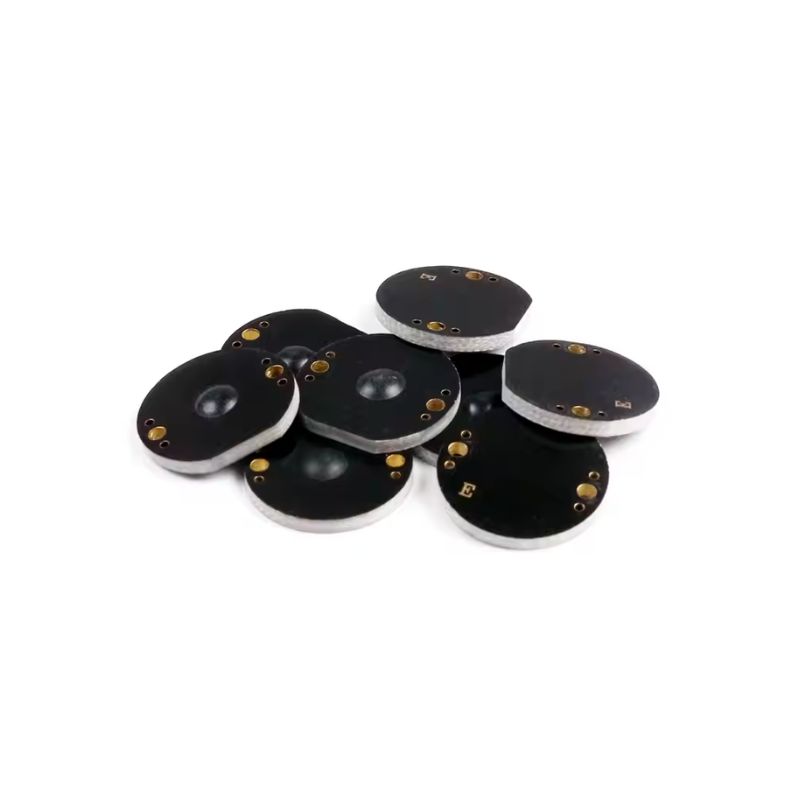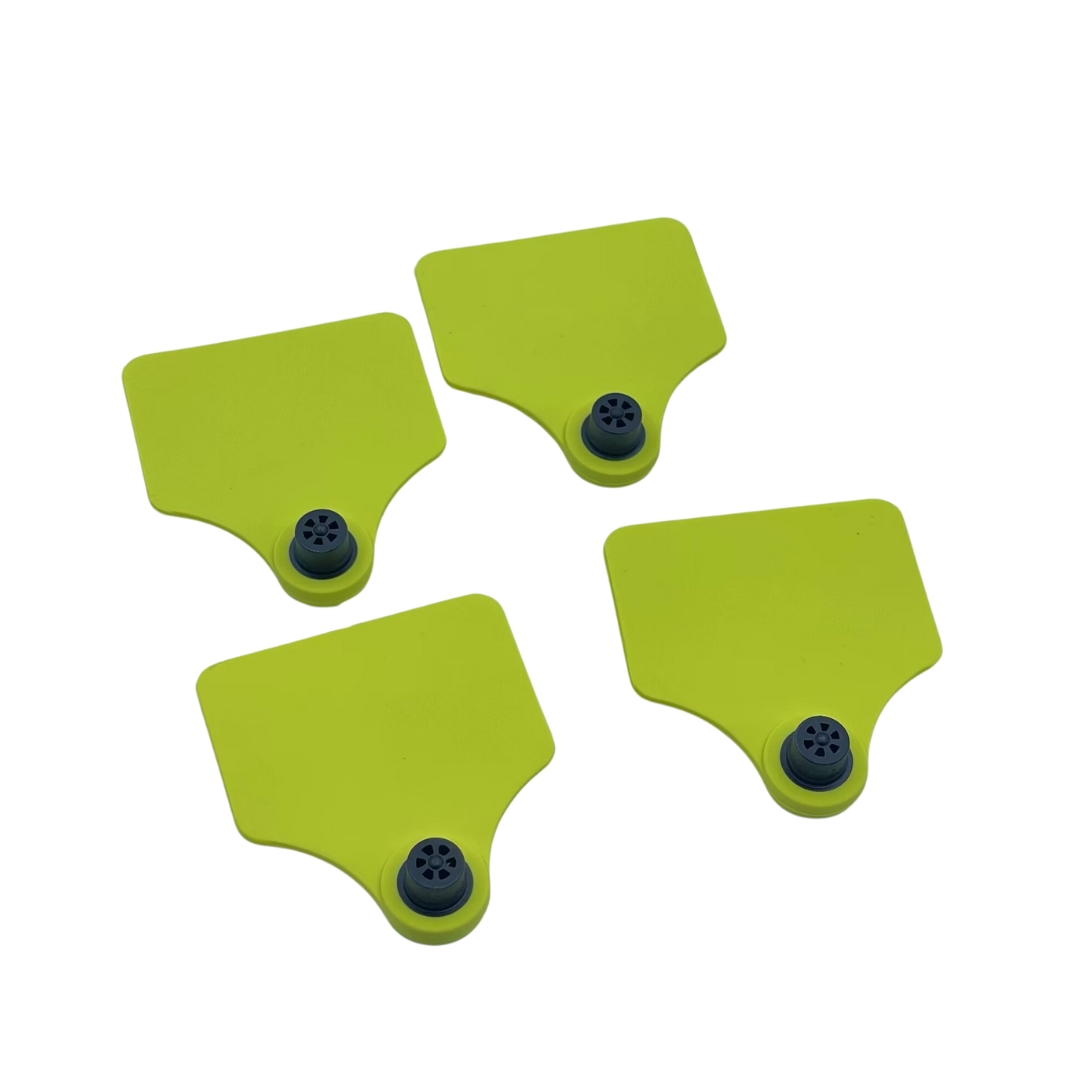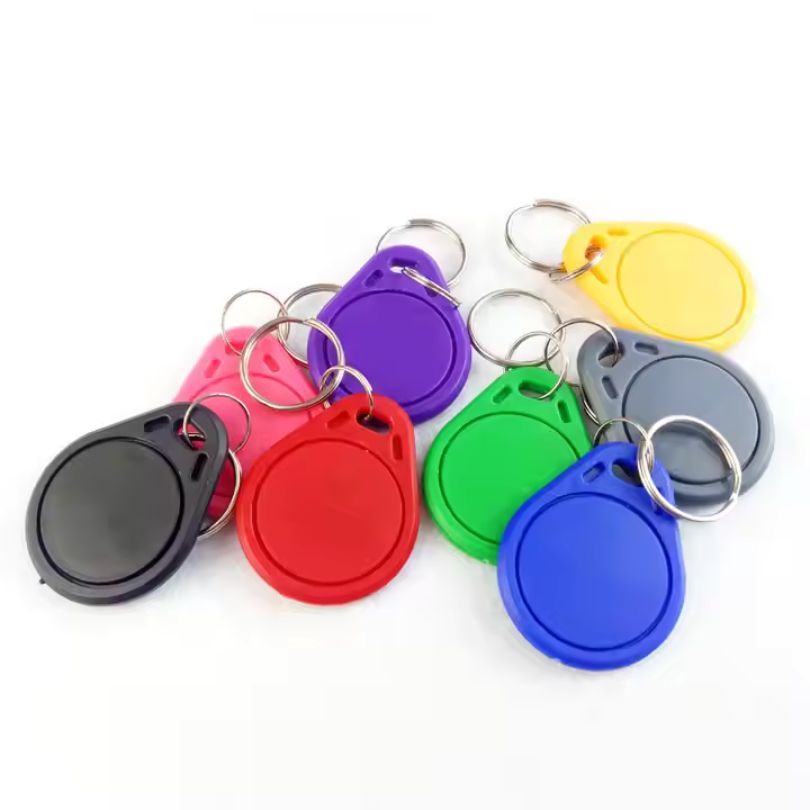
High Quality Jewelry RFID Tags and Labels for Management
Jewelry RFID Tags and Labels – High-Quality UHF for Smart Inventory
Optimize your jewelry inventory management with our high-quality UHF RFID Tags and Labels, specifically designed for the unique challenges of jewelry retail and manufacturing. These lightweight, discreet, and printable RFID labels offer reliable identification, tracking, and loss prevention — whether on display, in storage, or in transit.
Perfect for use in high-end retail stores, manufacturers, or trade shows, our self-adhesive RFID tags attach easily to small, delicate items like rings, bracelets, watches, and necklaces.
Why Use RFID Tags and Labels for Jewelry Management?
Manual jewelry inventory can be time-consuming, error-prone, and insecure. Our RFID tags and labels solve these problems with:
- Compact Self-Adhesive Labels: Designed for small, high-value items
- UHF Long-Range Reading: Identify items without line-of-sight
- Improved Theft Prevention: Real-time alerts during unauthorized movement
- Faster Stock Audits: Scan hundreds of items in seconds
- Printable Surface: Easily print product info, barcodes, or logos
- Gentle, Non-Damaging Adhesive: Won’t harm jewelry finishes
Key Features of Jewelry RFID Tags and Labels
| Feature | Benefit |
| Ultra-Lightweight Design | Suitable for tagging rings, earrings, watches, and fine jewelry |
| Self-Adhesive Backing | Simple application to tags, boxes, or display stands |
| UHF Frequency (860–960 MHz) | Enables long-range scanning without direct line-of-sight |
| EPC Gen2 / ISO 18000-6C | Industry-standard protocol for seamless system integration |
| Printable Surface | Compatible with thermal transfer printers for logos, text, or codes |
| Custom Encoding | Serialize EPC, encode product data, or lock user memory |
| Durable Material | Available in PET, PVC for high-end retail environments |
Common Use Cases
- Retail Jewelry Stores: Tag and track items across multiple locations
- Showrooms & Exhibits: Secure high-value items during transport and display
- Manufacturers & Distributors: Automate packaging, fulfillment, and quality control
- Loss Prevention: Integrate RFID with EAS systems for anti-theft protection
- Fast Inventory Checks: Scan entire display cases in seconds without removing items
RFID Tags and Labels Technical Specifications
| Feature | Specification |
| RFID Protocol | EPC Gen 2 / ISO 18000-6C |
| Frequency | 860–960 MHz |
| Chip Type | NXP UCODE 8, Impinj Monza R6 |
| Read Range | Up to 3 meters (reader/environment dependent) |
| EPC Memory | 96 / 128 / 512 bits |
| User Memory | Up to 2048 bits |
| Material | PET, Soft PVC, Paper |
| Adhesive | Permanent Acrylic |
| Print Compatibility | Thermal Transfer, Inkjet |
| Size Options | Custom sizes from 10mm × 10mm to 50mm × 20mm |
Ready to Automate Your Jewelry Inventory?
Our RFID Tags and Labels for Jewelry help you track inventory faster, reduce shrinkage, and create a seamless retail experience with one smart tag.
📞 Contact us now or 💬 WhatsApp Chat for a free quote or technical consultation.
FAQ
Why use RFID tags instead of manual counting?
RFID makes inventory counts faster, more accurate, and more secure. You can scan hundreds of items in seconds without handling them, which speeds up audits and improves loss prevention.
Are the tags safe for delicate jewelry?
Yes. The tags are lightweight and use a gentle, non-damaging adhesive that is specifically designed to be safe for fine jewelry finishes.
Do I have to scan each item individually?
No. The long-range scanning allows you to count entire display cases or trays of jewelry at once in just a few seconds, without needing a direct line-of-sight.
Can I print my own information on the tags?
Yes, the tags have a printable surface. You can easily add your own logos, product info, or barcodes using a compatible thermal transfer printer.
Will these tags work with my current system?
Yes. They use an industry-standard protocol (EPC Gen2) for seamless integration with most existing RFID inventory and anti-theft (EAS) systems.
Get Your Custom RFID Tags
As a leading custom RFID tag manufacturer, we craft solutions based on the unique needs of your operation. We offer a wide range of customization options, including material, size, frequency, encoding, and read distance, ensuring each RFID Tag is perfectly customized to your requirements. No matter what application you use RFID tags for, we can provide rugged, reliable RFID tags that meet the highest quality and durability standards. Here are the main ways we customize RFID tags to fit your needs.

Material Selection
Material is key for customizing RFID tags. Plastic works in harsh conditions, while softer materials suit delicate spaces. Different materials also affect signal performance. Pick what fits your use case to ensure your tags last and work reliably.

Customized Size
Size shapes usability. Small tags fit tight spaces or tiny items, while larger tags are easily read. In crowded areas, sleek tags prevent clashes. Align shape and dimension with your goods for visibility, convenience, and performance.

Frequency Requirements
Choose LF, HF, or UHF based on read range, speed, and interference. LF and HF resist metals and liquids but have shorter ranges. UHF offers an extended range yet may face signal blocks. Match frequency to your environment for reliable performance.

Reading Distance
Define the distance at which you have to read the tag. Short distances work for retail checkouts, while warehouses may need meters of coverage. Antenna design, reader settings, and power outputs affect range.Adjust these factors to capture data accurately at the distance you need.

Encode
Plan how data is stored on each tag. Some only hold an ID, while others contain detailed info. Decide if you need a simple EPC or added user memory. Ensure your chosen format works with existing software. Proper encoding streamlines processes and slashes errors.

Application Environment
Consider real-world conditions. Temperature swings, humidity, and chemicals can degrade tags. For outdoor use, opt for UV-resistant casings. In healthcare or food settings, ensure compliance with safety rules. Matching your tags to the environment maximizes their lifespan.
Related Products
Customize any RFID tags from our factory to meet your requirements.
